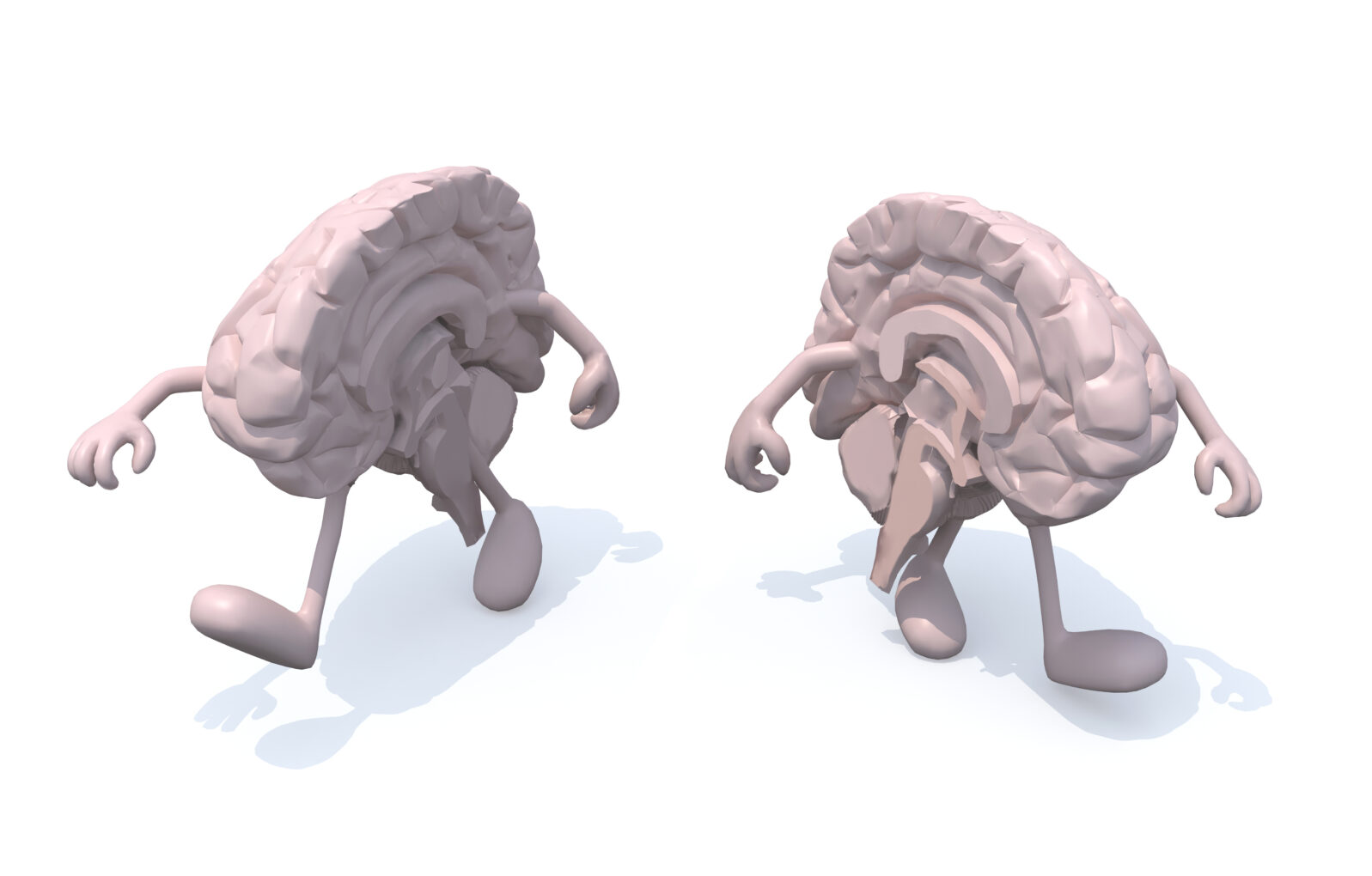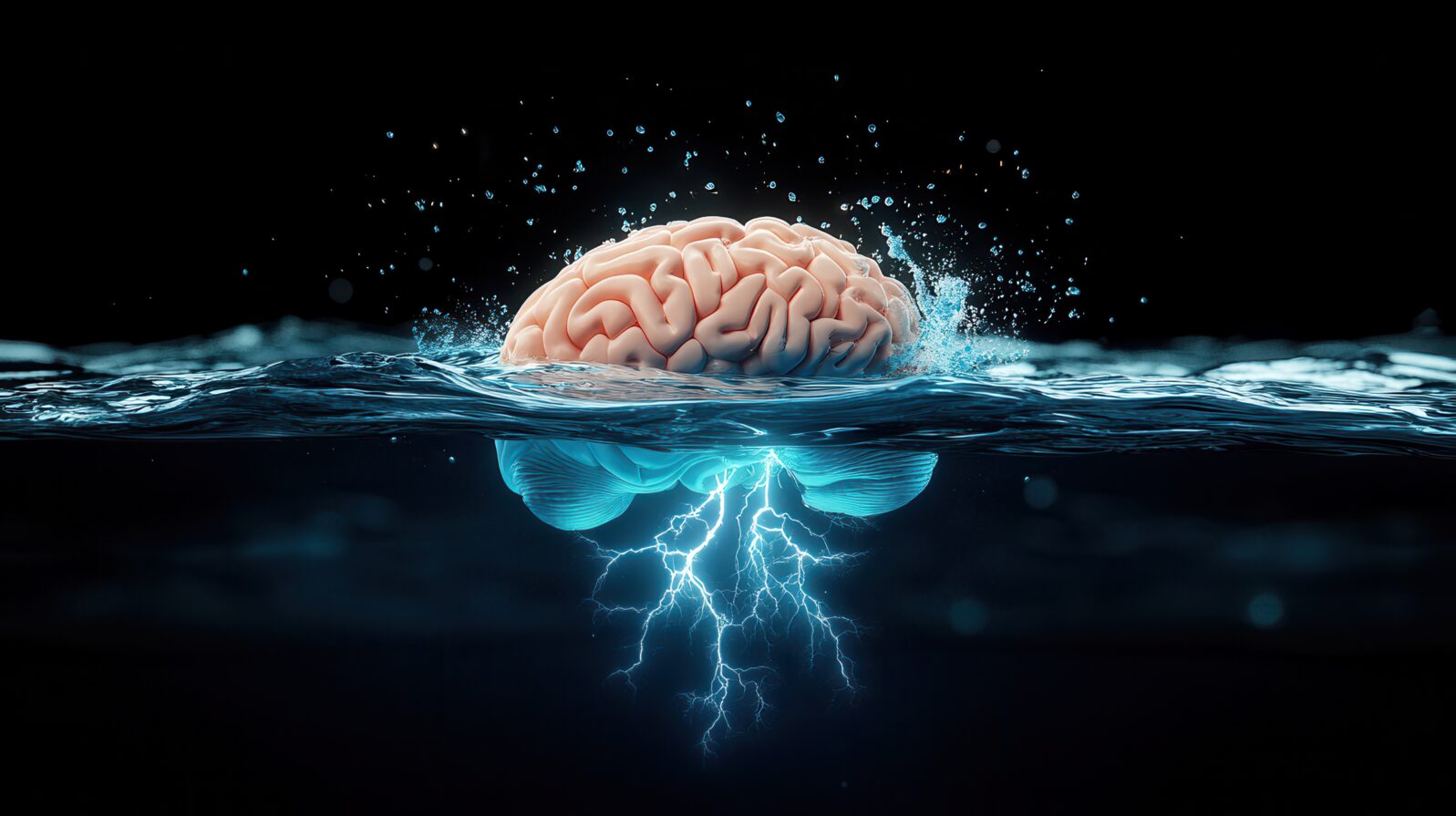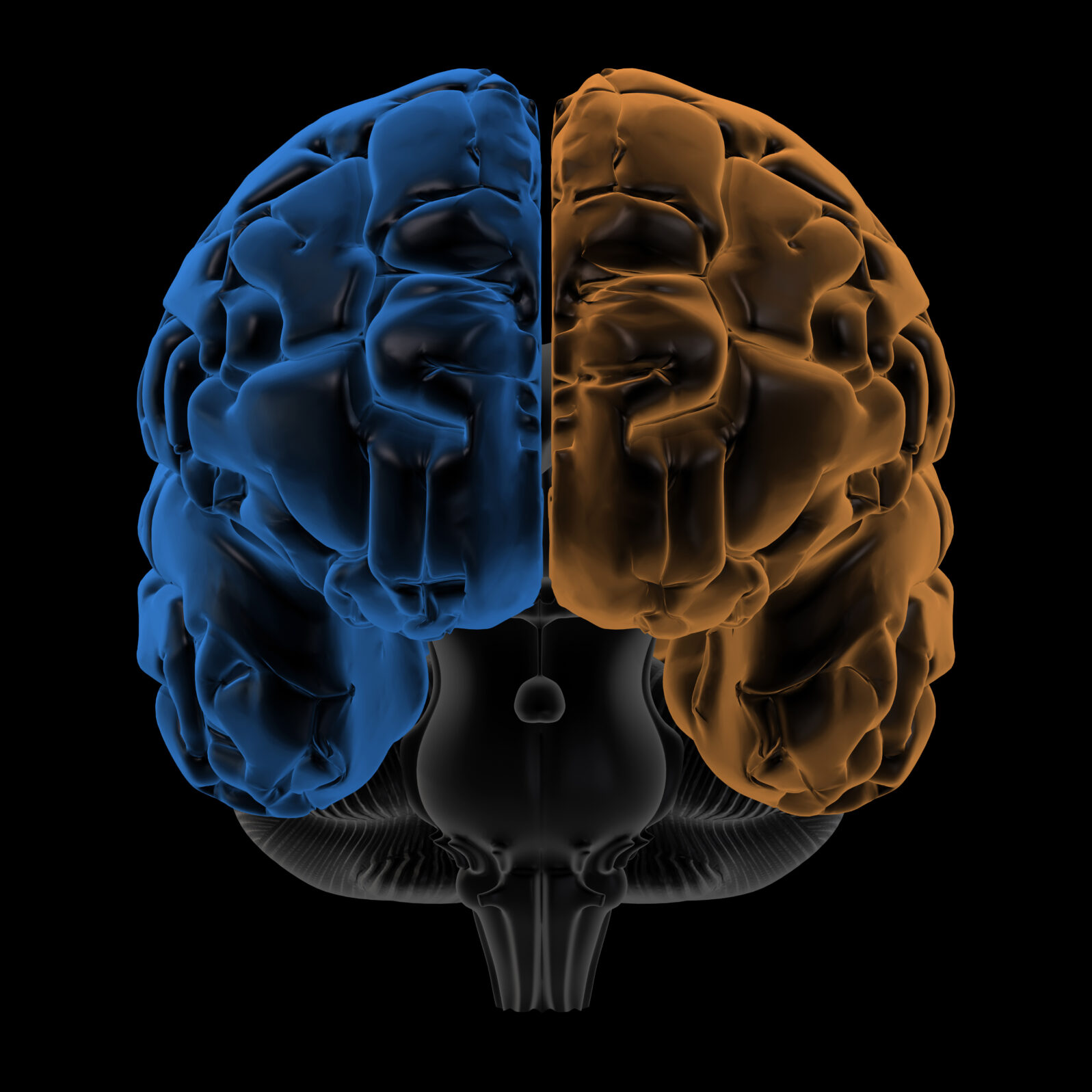How Can We Know If Patients With Split Brains Have a Single Mind?
Just ask themReaders have brought to my attention a review article on the effect of split-brain surgery on consciousness. “Split-Brain: What We Know Now and Why This is Important for Understanding Consciousness” (2020) by Yair Pinto and his colleagues is an interesting open-access article, well worth reading for anyone interested in the topic. From the abstract:
[Split-brain surgery] leads to a broad breakdown of functional integration ranging from perception to attention. However, the breakdown is not absolute as several processes, such as action control, seem to remain unified. Disagreement exists about the responsible mechanisms for this remaining unity. The main issue concerns the first-person perspective of a split-brain patient. Does a split-brain harbor a split consciousness or is consciousness unified? The current consensus is that the body of evidence is insufficient to answer this question, and different suggestions are made with respect to how future studies might address this paucity. In addition, it is suggested that the answers might not be a simple yes or no but that intermediate conceptualizations need to be considered.
Split-brain surgery (corpus callosotomy) is generally done as a last-resort treatment for severe epilepsy that does not respond well to medication. It is certainly true that split-brain patients can experience difficulties with integration of perceptions and attention. But these difficulties are usually only discernable via careful neurological testing by experts. The patients themselves generally feel fine and have no doubt that they remain one person with unified consciousness.
Yet ambiguities remain
Pinto et. al. discuss
…the intriguing question of how unity of consciousness is related to brain processes…the idea that in a split-brain each hemisphere houses an independent conscious agent. This notion, and particularly the concept of an isolated but conscious right hemisphere that is unable to express its feelings, desires or thinking due a lack of language, has captured the imagination
Whether split-brain patients have one consciousness or two is important for consciousness studies. The authors point out,
…currently dominant theories about conscious awareness – the Integrated Information Theory (Tononi, 2005; Tononi, 2004) and the Global Neuronal Workspace Theory (Dehaene & Naccache, 2001; Dehaene, Kerszberg, & Changeux, 1998) – may be critically dependent on the validity of this view. Both theories imply that without massive communication between different subsystems, for instance cortical hemispheres, independent conscious agents arise. Thus, if the split consciousness view is invalid, these theories may be critically challenged.
A striking example
So a lot rides on the question of whether splitting the hemispheres of the brain creates two (or more) conscious minds where there was once only one. The authors tell the story of a patient named Joe:
In a particularly dramatic recorded demonstration, the famous patient “Joe” was able to draw a cowboy hat with his left hand in response to the word “Texas” presented in his left visual half field. His commentary (produced by the verbal left hemisphere) showed a complete absence of insight into why his left hand had drawn this cowboy hat. Another astonishing example involved the same patient. MacKay and MacKay (1982) flashed a digit in the left visual field and trained the patient to play a version of ‘20 questions’ across hemispheres. The left hemisphere guessed the answer vocally, and the right hemisphere provided responses by pointing ‘up’ (meaning ‘guess a higher number’) or ‘down’ with the left hand. In this way the patient managed to vocalize the right answer. This suggests two independent conscious agents communicating with each other (one steering the left hand, the other agent controlling vocal expressions). However, note that an alternative interpretation is possible. Perhaps the patient knows the answer but finds it hard to vocalize. The ‘20 questions’ then simply help him in finding the correct vocalization.
A common theme
The authors discuss many other examples and a common theme emerges. Generally the difficulties that split-brain patients experience are 1) they can’t speak about perceptions that come to their non-dominant hemisphere for language, and 2) at times, the patient’s everyday activities work at cross purposes. A striking example of the latter is alien hand syndrome: A split-brain patient intends to button his shirt with one hand while the other hand is simultaneously unbuttoning it. This rare condition is usually transient, resolving in several months to a year.
Two separate minds?

The authors note that some investigators believe that these patients have more than two minds, or a fractional number of minds:
…although difficult to fathom, some philosophers have suggested that a split-brain does not contain one or two observers, but a non-whole number of conscious agents (Nagel, 1971; Perry, 2009), for instance one and a half first-person perspectives. If evidence for this position is found, then its implications would stretch beyond split-brain patients. It would suggest that our intuitions on the indivisibility of the experiential self may be mistaken. One way to think of this is as with the difference between conscious and unconscious processing. Perhaps this is not a dichotomous distinction, but a continuum between more or less conscious. Similarly, perhaps the existence of a first-person perspective is not dichotomous, but gradual as well. Another possibility is that a split-brain does contain a whole number of conscious agents, but that consciousness across these agents is only partially unified. That is, the agents share some conscious experiences and decisions, but not all (Lockwood, 1989; Schechter, 2014; Schechter, 2018; Schechter, 2013). Finally, another way to look at this is in terms of ‘dissociation’, as in depersonalization (Phillips et al., 2001; Sierra et al., 2002). Perhaps the number of agents is not altered, but the agent feels depersonalized in some situations, and therefore no longer feels that they control the actions, or even experience the information, that has just occurred in their brain.
As you can see, a lot of very deep questions about the brain and about human personhood are raised by split-brain surgery. However, I believe there is a simple way to answer the question about “multiple minds” in split-brain patients. The question of dual consciousness arises because we do not fully appreciate the nature of volition and action in ordinary life.
The role of unconscious actions

The vast majority of things that we do normally are done unconsciously. Think of what happens when you type the letter a. Your left little finger flexor muscles contract, and your corresponding extensor muscles relax simultaneously and proportionately. Your sensory nerves activate when your finger hits the key, and a vast system of “organized harmony” (St. Augustine’s term for life) in your body goes to work. Your eye muscles focus your eyes on the screen to see when the letter a appears, your hand, arm and back muscles keep you still and upright as you type, your hearing apparatus blocks out extraneous sounds as you work, you heart keeps beating, etc.
Are you aware of any of this, when you hit the letter a? Of course not. In fact, awareness would disable you, because there would be too much to think about (“I have to flex my flexor digitorum longus, relax my extensor muscles, stabilize my hand muscles and keep breathing…!”).
Everything we do — typing, walking, talking, driving, sleeping, breathing, etc., entails countless movements and sensations. It requires coordination that exceeds the computational power of massive computers — and we don’t even think about it. We are not really aware of it.
So, returning to the question of split brains, does this mean we have a million different minds, different consciousnesses, each moving one of our individual muscles in order to accomplish our daily tasks? Of course not. It is perfectly normal that we do a vast array of activities completely unconsciously, nearly all of which we know nothing about. We have one consciousness, which conducts (somewhat like the conductor of an orchestra) the ordered harmony of our everyday actions.
Cerebral palsy and multiple consciousnesses
Now, consider a person with cerebral palsy, which is a kind of brain damage. People with cerebral palsy have trouble with “ordered harmony.” When they try to move a muscle, the opposing muscle doesn’t relax. Sometimes other muscles unrelated to the activity begin contracting. A person with cerebral palsy may try to type the letter a but his finger goes into spasm. His hand shakes, his opposite shoulder contracts and his left leg jitters. This spasticity can make life quite difficult.
But does this mean that people with cerebral palsy have multiple consciousnesses? One consciousness to flex the finger, another consciousness that is fighting to make the finger go into spasm, another consciousness to make the shoulder contract, another consciousness to make the left leg jitter, and another consciousness to contemplate this terrible disability?
Of course not. A person with cerebral palsy has brain damage, which disrupts the unconscious ordered harmony that healthy people enjoy with their bodies. There’s nothing metaphysically spooky about our bodies not behaving — and seeming to have a “mind of their own” — if we have brain damage.
In short, the disabilities created by brain damage mess up the automatic ordered harmony that we normally ignore. We learn about it when it isn’t working any more.
Split-brain surgery messes up ordered harmony
Split-brain surgery, though done to help the patient as the lesser of two evils, is a kind of brain damage. Thus the disabilities it can cause are not “spooky” or metaphysical conundrums but the simple outcome of a specific kind of damage. Some scientists may misinterpret these disabilities as evidence for multiple consciousness, but they are not.
No person has multiple consciousnesses, and it’s even hard to define what that would mean. Normal people are ordered harmonies, and people with brain damage have problems with that harmony. But they remain one person with one mind, just like a child with cerebral palsy is one person with one mind, in a misbehaving body. The human soul, which is the source of consciousness, is spiritual and indivisible, and cannot be cut with a knife.
Another way to find out
There’s another way to find out whether patients who have undergone split-brain surgery have multiple minds. Just ask them.
I have.
They look at me as if I’ve asked a dumb question, which it is. They are ordinary unified human beings with brain damage that interrupts normal human movement and perception. The scientific obsession with “split minds” is an artifact of our materialist preconceptions about neuroscience, and our denial of the obvious truth that human beings have spiritual souls that cannot be split by a surgeon’s knife.
